R-410A Storage and Transportation Guidelines
Proper storage and transportation of R-410A refrigerant is just as important as handling it safely during use. To maintain product integrity and ensure safety throughout the supply chain, always secure R-410A cylinders in an upright position with appropriate strapping during transport. Cylinders should never be exposed to excessive heat, sunlight, or stored near flammable materials. Storage areas should be well-ventilated, cool, and dry, with warning signage clearly displayed.
When sourcing R-410A refrigerant for sale, it's crucial to buy only from certified and compliant distributors. At Refrigerants Center, we follow all safety protocols and federal regulations, offering secure packaging and nationwide shipping. For those managing commercial HVAC systems, our R-410A 25 lbs cylinder is a reliable choice, meeting EPA standards and safety guidelines. You can also explore our full refrigerants collection for alternatives like R-134a or R-22.
Following safe storage and transport practices protects not just the refrigerant, but the technicians and property around it.
Choosing the Right R-410A for Your Application
What to Look for in High-Quality Refrigerant Products
Not all refrigerant products are equal. When considering where to buy R-410A refrigerant, it's essential to verify product certification, purity levels, and the supplier’s compliance with EPA and DOT regulations. Cheap or improperly handled refrigerants may contain contaminants, which can damage your HVAC systems and compromise user safety.
At Refrigerants Center, our 410A refrigerant for sale is thoroughly tested, DOT-certified, and safely shipped to professionals nationwide. Whether you're replacing units or recharging systems, our R-410A stock ensures long-term performance without risking system efficiency. We also carry premium blends and alternatives if you're transitioning away from HFCs.
Explore our range of refrigerants, including R-22 options, for legacy system support, or navigate back to our homepage to discover our full selection of refrigerant solutions. Investing in high-quality products today helps prevent costly maintenance and downtime tomorrow.
FAQ
1. Can R-410A be stored outdoors?
R-410A refrigerant cylinders should not be stored outdoors unless they are protected from direct sunlight, rain, and heat sources. Outdoor storage must be shaded, cool, dry, and secure to avoid pressure buildup or contamination risks.
2. What PPE is required when handling R-410A?
Technicians handling R-410A should wear gloves, safety goggles, and a respirator mask. This protective gear helps minimize exposure to potentially harmful refrigerant vapors or accidental liquid contact.
3. Can I transport R-410A cylinders in my car?
While small quantities may be transported in vehicles, it's recommended to use ventilated cargo space and secure the cylinder upright. Always follow DOT transport regulations and avoid leaving cylinders in hot vehicles.
4. Is R-410A flammable?
R-410A is not classified as flammable under normal conditions, but it can become flammable under high-temperature and pressure scenarios. Avoid sparks, smoking, and open flames in areas where R-410A is present.
5. How do I detect a leak in an R-410A system?
Use an electronic leak detector specifically calibrated for HFC refrigerants like R-410A. Because it is colorless and odorless, visual inspection alone is insufficient.
6. Where can I buy certified R-410A refrigerant online?
You can purchase high-purity, EPA-compliant R-410A refrigerant from Refrigerants Center, which ships nationwide to certified HVAC professionals.


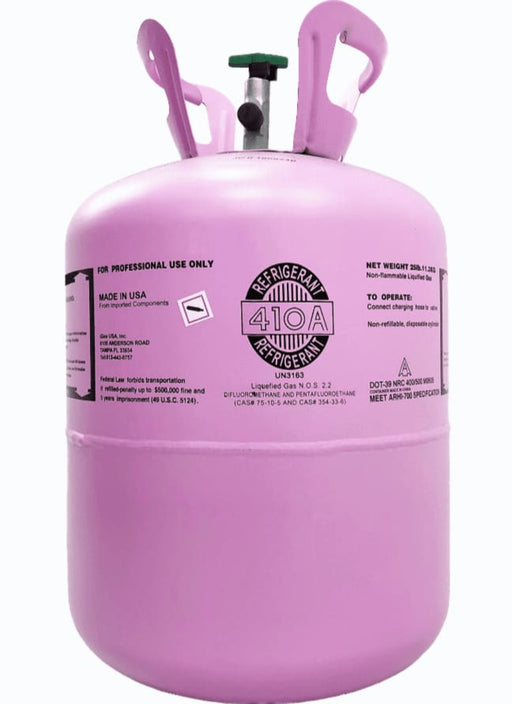
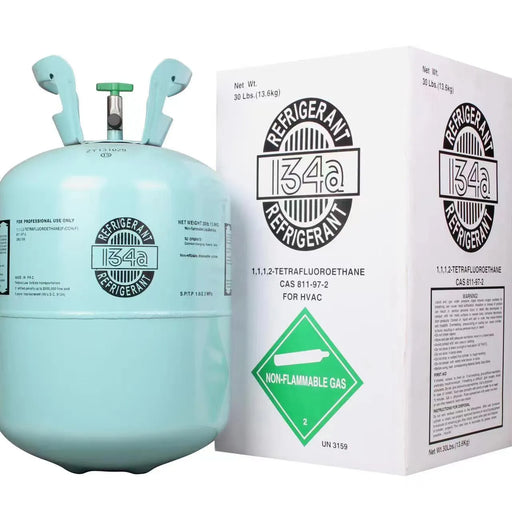
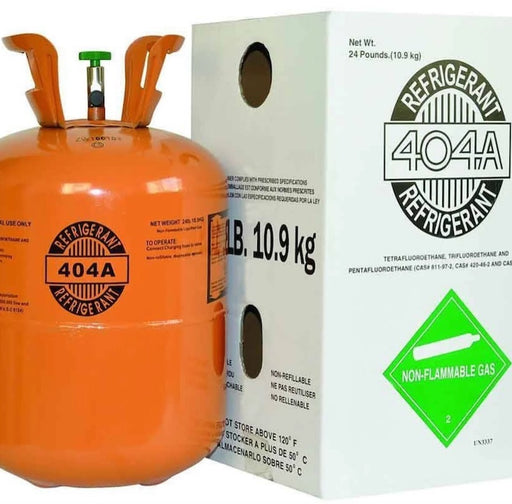
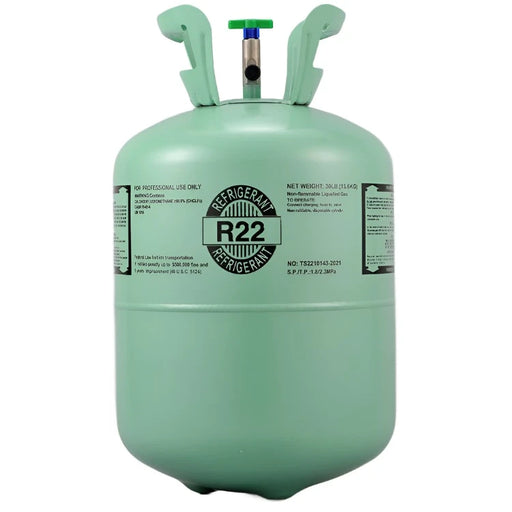
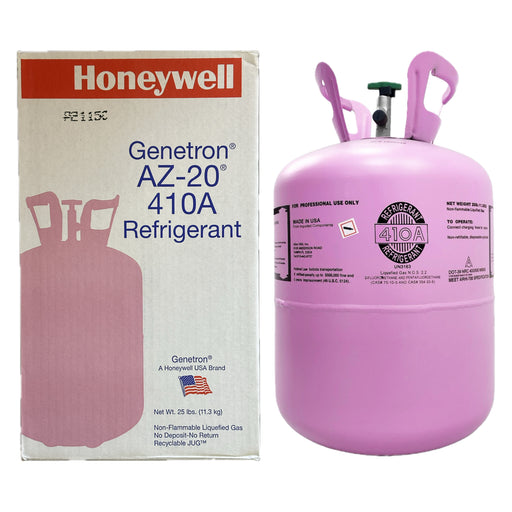
Leave a comment